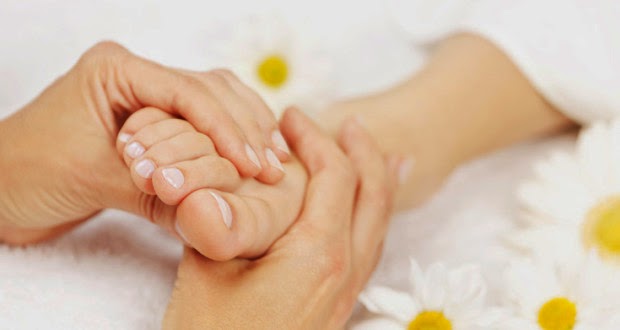Here's a scary fact as you plan another sun-soaked vacation this summer: Melanoma, the deadliest form of skin cancer, is on the rise. So much so that a worried U.S. Surgeon General on Tuesday released a new Call to Action to help Americans take steps to prevent the disease.
The government wants you to wear protective gear, seek shade and use a broad-spectrum sunscreen with an SPF of 15 or higher to protect yourself. There's more you can do, but are you doing it right?
Dr. Darrell Rigel, a board-certified dermatologist in New York and and a member of the American Academy of Dermatology, helped TODAY assemble a list of some of the top mistakes people make as they try to prevent skin cancer:
Tanning in the first place
There is no such thing as a safe tan, Rigel wanted to remind sun worshippers.
“In order to get tan, your body has to sense it’s being injured by ultraviolet radiation -- that produces the pigment in the tan, the melanin, in an attempt to stop that from happening,” he said.
Going to a tanning salon
Going to a tanning salon
Rigel sees many more women than men using tanning beds, but no matter who is lured by indoor tanning, he calls it “crazy.”
“The ironic part is, most of them go to tanning beds because they want to look better but the reality is it’s making them look older, faster and it’s increasing their risk of skin cancer later on,” he said.
More than 400,000 cases of skin cancer, about 6,000 of which are melanomas, are related to indoor tanning in the U.S. each year, according to the Surgeon General's Call to Action.
Getting a base tan to ‘protect’ you when you go out in the sun
Many people try to get a little tan before they go on vacation, thinking it will act as a “base” so that the skin won’t burn as easily. Rigel says he frequently sees patients who hold that belief in his practice, but it's not true.
“You’re better off protecting your skin with sunscreen or avoiding the sun when you can,” he said.
Not reapplying sunscreen
Wearing a sunscreen is a good idea, but you’ve got to use it correctly, Rigel said.
“People put it on in the morning and think they’re protected all day, and they’re not,” he noted.
Sunscreens are divided into daily products -- like moisturizers containing SPF, which are designed to keep the chronic damage away -- and beach products, geared more toward intense sun protection.
The daily products likely won’t last as long, Rigel said.
Not being thorough enough with spray-on sunscreen
Sprays are now the No. 1 selling formulation of sunscreen, Rigel said. They’re great but to really make them work, you should spray on two coats. That’s because when you use a cream sunscreen, you generally know which spots you’ve missed, but with sprays, it’s harder to tell.
“With one coat, you might be missing (some spots) and therefore not protecting yourself as well as you might want to,” Rigel said.
Thinking that sunscreen is waterproof
“There’s no such thing as a waterproof sunscreen,” Rigel noted.
Manufacturers aren’t allowed use the word “waterproof” anymore, but must instead use the term “water resistant.” (Keep in mind that if you come across an older bottle of sunscreen, you may still find it being advertised as “waterproof.”)
The label should tell you how long the product is water resistant, so make sure to reapply when you hit that time. One of the problems with sunscreen is that when you rub it on wet skin, it doesn’t absorb as well but there are new products available to combat that problem and they work quite well, Rigel said. Others have a “sport formulation,” which is helps when you’re sweaty and is designed to be applied during more active situations, he added.
Not getting a suspicious mole checked out
People sometimes see a spot that’s changing or causes concern, but they end up not going to see a dermatologist because they hope things get better and put off a visit to the doctor.
“I’d much rather have you come in and I can tell you it’s nothing,” Rigel said. “I see people let stuff go and then it becomes a big problem.”


































